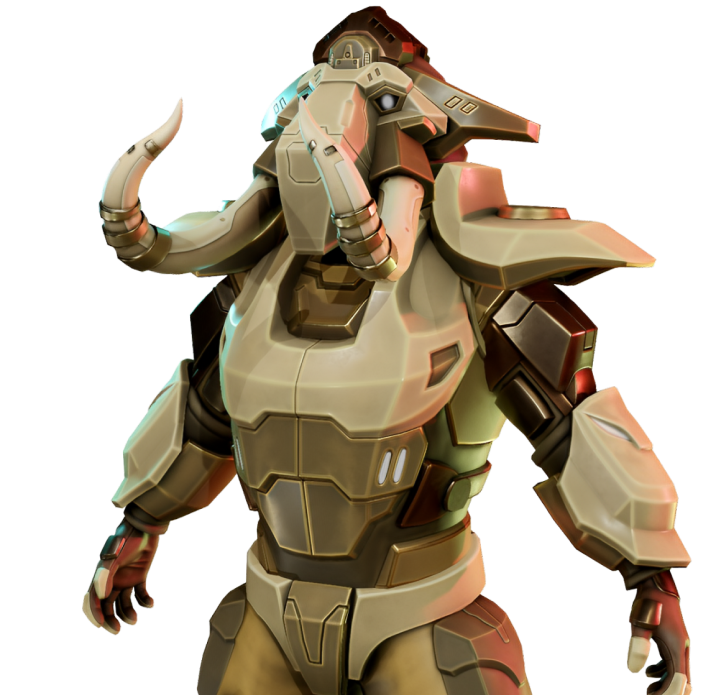In the ever-evolving landscape of game development, visual storytelling is a cornerstone of player engagement. While 3D assets and cinematic effects continue to grow in popularity, 2D character illustrations remain a powerful and irreplaceable component in crafting memorable gaming experiences. From indie games to mobile adventures and stylized RPGs, these illustrations breathe life into narratives, making them essential for both artistic expression and gameplay immersion.
The Foundation of Visual Identity
2D character illustrations serve as the first visual impression of a game’s identity. Whether it's a heroic warrior, a mischievous villain, or a whimsical creature, these designs help define a game’s tone and universe. A well-crafted character illustration captures personality, emotion, and style in a single frame—establishing a connection with players before they even pick up the controller.
Art direction often starts with these illustrations, influencing everything from UI design and promotional assets to animation and storytelling. They are a guidepost for the entire visual development pipeline.
Bridging Concept Art and Gameplay
Character illustration is more than aesthetic—it functions as a blueprint for animators, developers, and modelers. Especially in 2D game development, where sprite sheets and frame-based animation are common, 2D character illustrations become the visual DNA of in-game assets. They guide how characters move, react, and interact with the game world.
Moreover, these illustrations aid in prototyping and pre-production, helping teams visualize character interactions early in the pipeline. They ensure consistency and coherence across scenes, reducing iteration cycles and aligning the creative vision.
Enhancing Emotional Engagement
Emotion is a vital part of player retention, and 2D character illustrations are uniquely capable of conveying subtle expressions and moods. Through line work, color choices, and exaggerated proportions, artists can evoke empathy, humor, tension, or charm with great precision. This emotional resonance helps characters become more than just game mechanics—they become companions in the player's journey.
In narrative-driven games or visual novels, character portraits and expression sheets play a pivotal role in driving the story forward. With limited animations, these illustrations carry the burden of performance and storytelling.
Versatility Across Platforms and Genres
One of the key advantages of 2D character illustrations is their adaptability. They scale well across various platforms—mobile, console, and web—without significant loss in quality or performance. This makes them ideal for stylized or low-resource games, where performance efficiency is critical.
From platformers and puzzle games to card games and RPGs, 2D characters can be customized to fit any genre or artistic style. Their timeless appeal allows developers to experiment with diverse aesthetics while maintaining clarity and visual harmony.
Conclusion: Art That Drives Gameplay
In a world increasingly fascinated by photorealistic graphics, 2D character illustrations remind us of the charm and impact of hand-crafted art. They are not just decorative—they are fundamental to storytelling, gameplay dynamics, and the emotional fabric of a game. Their enduring presence in game development is a testament to the power of art to shape interactive experiences.
Whether you're an indie developer or part of a large studio, investing in compelling 2D character illustrations can elevate your game from a visual product to an immersive world.





Leave a comment